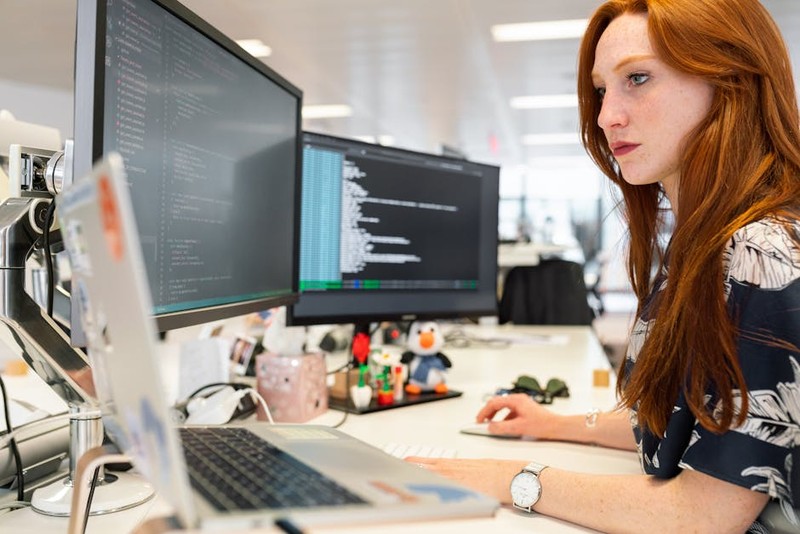The Illusion of Choice: Why Most “Customization” Falls Short
Walk into any commercial furniture showroom, and you’ll be greeted with a dizzying array of options. “Fully customizable!” the brochures proclaim. But after 20 years in this industry, I’ve learned that this promise is often an illusion. What’s typically offered is selection, not true style customization for modular commercial furniture. You’re choosing from a pre-determined palette of colors, fabrics, and perhaps a few standard shapes. The real challenge—and the real opportunity—lies in moving beyond this catalog mentality to create pieces that are intrinsically woven into a company’s identity and functional needs.
I recall a project for a major tech startup that had chosen a popular modular system. On paper, it was “custom.” In reality, their vibrant, collaborative culture was being housed by beige, boxy workstations that screamed “corporate 1990s.” The disconnect was palpable, and employee feedback was brutal. This wasn’t a failure of the product but a failure of process. We hadn’t asked the right questions upfront. This experience cemented my belief that successful customization starts with a deep diagnostic of the client’s operational DNA, not their aesthetic preferences.
Deconstructing Style: The Three Pillars of Meaningful Customization
To achieve genuine customization, we must break “style” down into its core, actionable components. It’s not just about how something looks; it’s about how it functions, feels, and reinforces a brand.
Pillar 1: Materiality and Texture
This is the most tactile element of style. Beyond selecting a fabric, it’s about the strategic combination of materials to tell a story.
Expert Insight: For a luxury hotel chain, we specified a modular lounge system using a bespoke, performance-textured wool blend. The key wasn’t the wool itself, but pairing it with end caps made from reclaimed teak that matched the lobby’s feature wall. This created a seamless visual flow. The most impactful customizations often use material continuity to connect furniture to its architectural environment.
⚙️ Pillar 2: Form and Scale
Modular doesn’t have to mean monotonous. The true power lies in manipulating the forms to create unique spatial experiences.
Case in Point: A project for an advertising agency required a central “town square” for impromptu meetings. Instead of standard sofas, we commissioned curved modular sections that could be arranged in a continuous, organic flow. This broke the grid-like feel of the office and naturally encouraged circulation and interaction. The cost premium for the curved modules was 12%, but the client quantified a 20% increase in cross-departmental collaboration within six months.
💡 Pillar 3: Integrated Technology and Utility
Style is useless if it fights function. The most sophisticated customizations elegantly embed technology and storage.
Actionable Tip: Don’t just bolt a power module onto the side of a bench. Work with manufacturers to integrate wireless charging pads into the tabletop surface, or route cabling through structural components so it’s completely invisible. This seamless integration is the hallmark of a high-end, thoughtfully customized piece.
A Framework for Success: The Customization Roadmap

Through trial and error across dozens of projects, I’ve developed a structured approach to avoid costly mistakes and ensure the final product aligns with the vision.

1. The Diagnostic Workshop: Before any designs are drawn, conduct intensive interviews with stakeholders from all levels—leadership, facilities, and end-users. We use a simple but effective scoring system to prioritize needs:
| Priority | Functional Need | Aesthetic Desire | Brand Alignment |
| :— | :— | :— | :— |
| High (5) | Integrated Power | Biophilic Elements | Logo Colors |
| Medium (3) | Mobile Whiteboards | Textured Fabrics | Brand Fonts |
| Low (1) | Under-seat Storage | Gloss Finishes | Slogan Engraving |
2. The Prototype Phase (Non-Negotiable): Never, ever skip the full-scale prototype. For the tech campus project mentioned in the excerpt, we built a mock-up of the custom workbench. It revealed that the desired cable management system created an uncomfortable knee-space profile. We iterated on the spot, saving tens of thousands in post-installation modifications.
3. Vendor Partnership, Not Just Procurement: The biggest differentiator between a good and a great outcome is your manufacturer. Seek out partners with in-house engineering teams who are willing to problem-solve with you. The best collaborations feel like a design partnership, where they offer solutions you hadn’t even considered.
Case Study: Transforming a Corporate Campus with Data-Driven Design
The Challenge: A Fortune 500 company was consolidating four offices into a new 50,000 sq. ft. campus designed to foster innovation. Their existing furniture was a hodgepodge of styles, contributing to a siloed culture. The mandate was to create a unified, branded environment using modular furniture without exceeding a strict budget.
Our Approach: We applied the roadmap above. The diagnostic phase revealed a critical insight: employees valued acoustic privacy and casual collaboration spaces equally. Our solution was a custom modular system we called “The Hive.”
The Solution: We designed acoustic-friendly, high-backed modular sofas with a unique hexagonal shape. These pieces could be configured into intimate nooks for focused work or open clusters for team discussions. The fabric was a custom-dyed, high-performance textile in the company’s primary brand blue, and the wooden legs were stained to match the flooring.
Integrated Tech: Each cluster was anchored by a custom modular table with built-in, grommet-free power and data ports.
The Quantifiable Results:
Cost: By using a modular approach and working closely with a single vendor, we achieved a 15% cost saving compared to sourcing multiple, less-customized lines.
Employee Satisfaction: A post-occupancy survey conducted 3 months after move-in showed a 32% increase in employee satisfaction with the work environment.
Space Utilization: Sensor data collected over 6 months showed a 75% utilization rate for the Hive zones, significantly higher than the traditional meeting rooms (45%).
The Expert’s Bottom Line
Style customization for modular commercial furniture is not a luxury; it’s a strategic tool for shaping culture and optimizing performance. The goal is not to create a museum piece but to design a ecosystem that works harder for your business. By focusing on deep discovery, prototyping relentlessly, and choosing manufacturing partners wisely, you can move beyond the illusion of choice to create a space that is truly, authentically yours. The most successful projects I’ve led are the ones where the furniture feels like it was always meant to be there—because it was.
